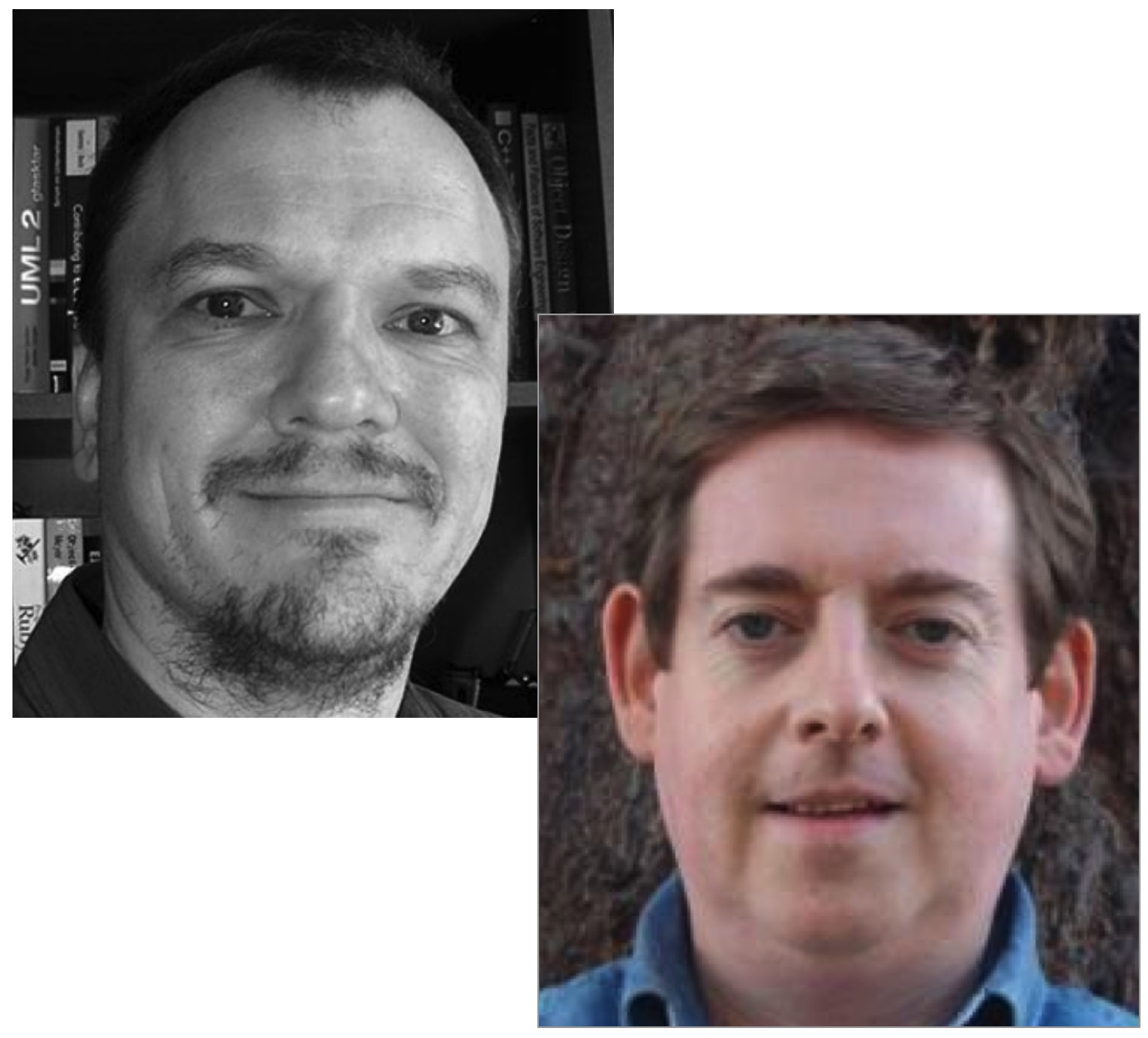| 2018 | The Pragmatic Architect Evolves
IEEE Software 2018 (6); by E. Woods, G. Fairbanks The software architects role has changed in response to the changing demands of software engineering practice. |
|
| 2018 | |
| 2018 | |
| 2018 | |
| 2018 | |
| 2018 | The Software Architect and DevOps
IEEE Software 2018 (1); by L. Bass DevOps practices deal with such things as the velocity of releases, how fast incidents are handled, and the enforcement of organizationally specified… |
|
| 2017 | Should Architects Code?
IEEE Software 2017 (5); by E. Woods Should the people performing a systems architecture work also develop some of the systems production code Involving architects in… |
|
| 2017 | |
| 2017 | |
| 2017 | |
| 2017 | |
| 2016 | |
| 2016 | |
| 2016 | |
| 2016 | |
| 2016 | |
| 2016 | |
| 2011 | To Pay or Not to Pay Technical Debt
IEEE Software 2011 (6); by F. Buschmann Ward Cunningham coined the term technical debt as a metaphor for the trade-off between writing clean code at higher cost and delayed de livery,… |
|
| 2011 | |
| 2011 | |
| 2011 | Tests: The Architect's Best Friend
IEEE Software 2011 (3); by F. Buschmann When explicitly considering the testability of software-centric systems, architects tend to be more conscious and thoughtful about their design… |
|
| 2011 | Unusable Software Is Useless, Part 2
IEEE Software 2011 (2); by F. Buschmann In this installment, I turn my attention to the internals of software-centric systems, since usability is also of prime importance for the… |
|
| 2011 | |
| 2010 | Value-Focused System Quality
IEEE Software 2010 (6); by F. Buschmann To assure the expected operational and developmental system quality is actually delivered, a test-driven approach to architecture elaboration is… |
|
| 2010 | On Architecture Styles and Paradigms
IEEE Software 2010 (5); by F. Buschmann Sustainable software architectures portray the fundamental properties of their application domains explicitly, to ensure the virtual world can "mimic"… |
|
| 2010 | |
| 2010 | |
| 2010 | |
| 2010 | |

